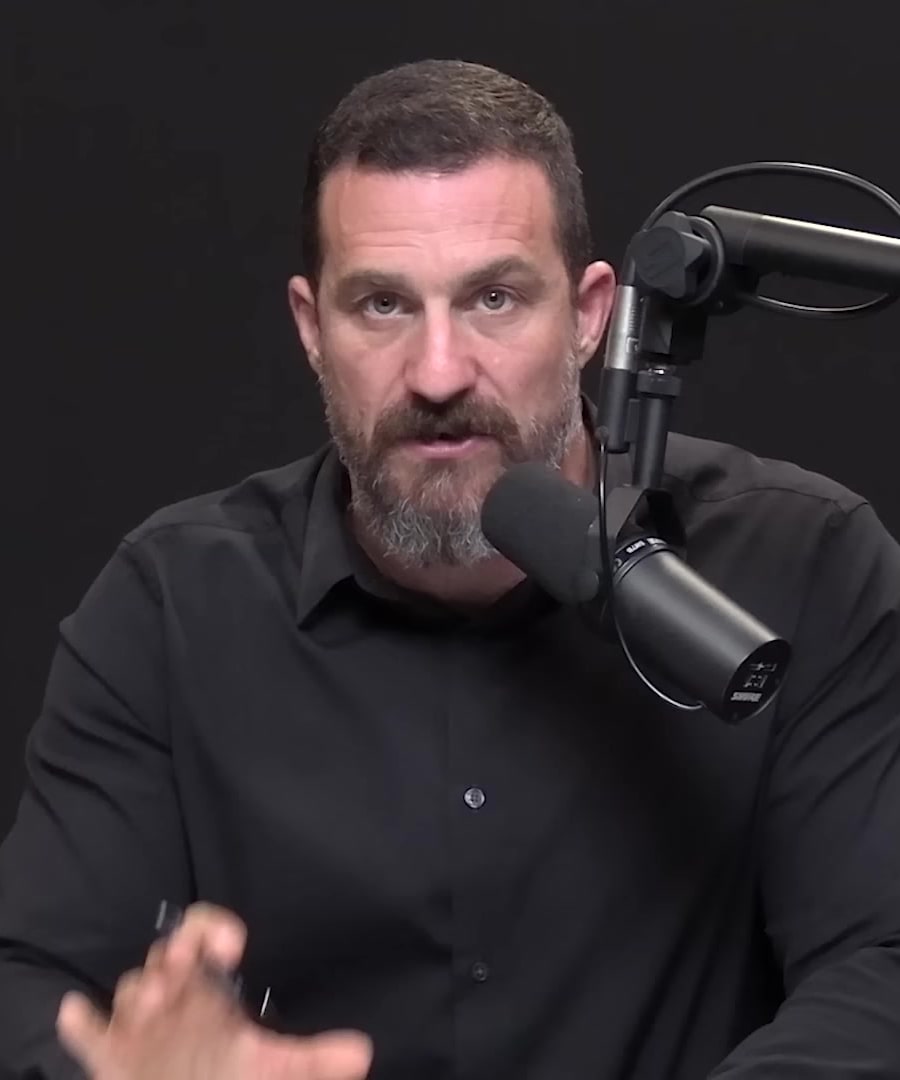Neural Circuitry
Sources:
Neural circuitry, as explained by Dr. Andrew Huberman, involves complex interconnected pathways that perform specific functions in the brain. Here are a few key insights into neural circuitry based on the discussions in the :
-
Reading and Writing Processes: The neural circuitry involved in reading and writing utilizes at least four different brain circuits—visual, speech production, speech perception, and auditory pathways. This complexity explains the challenge in seamlessly performing these tasks simultaneously, like speaking while writing on a board 1.
-
Nigrostriatal Pathway: This is a critical neural circuit that relies on dopamine to engage movement, including eye movements. It is significantly active during divergent thinking, highlighting its role in creativity and innovation 2.
-
Goal Setting and Pursuit: Neural circuitry involved in goal setting and pursuit includes four primary stations in the brain: amygdala, basal ganglia (with go and no-go circuits), lateral prefrontal cortex, and orbital frontal cortex. These structures manage arousal, action initiation and inhibition, planning, and evaluating emotional states in relation to goals 3.
-
Working Memory and Dopamine: The neural circuitry for working memory predominantly involves dopamine projections from the brain stem to the prefrontal cortex. This pathway, known as the mesocortical circuitry, plays a vital role in modulating working memory capacity 4.
Each of these circuits demonstrates the intricate and specific roles neural pathways play in daily cognitive functions and behavioral processes.
RELATED QUESTIONS-



